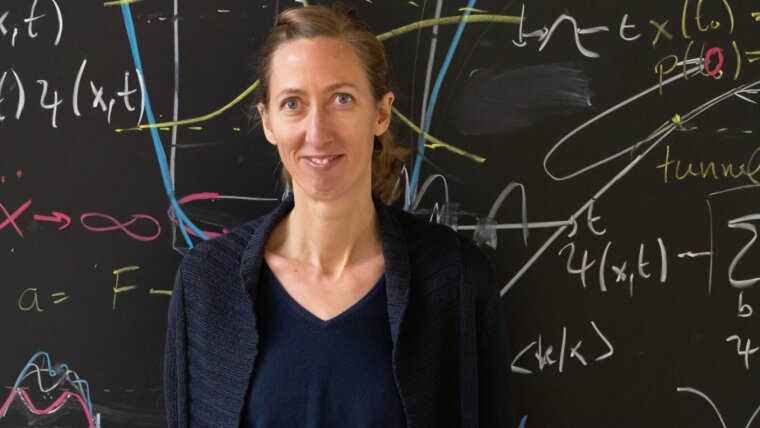
- Light
Published: | By: Axel Burchardt
Source article
When light hits matter, the interactions depend primarily on the material and the intensity of the light source – a flashlight merely illuminates a stone, while a high-powered laser can burn a hole in it. Such interactions are well known and well described. However, a precise scientific description of the interaction has not yet been achieved for many systems in which light hits nanostructures or atomically thin layers or when the light intensity is extremely high. Since 2019, the Collaborative Research Centre (CRC) 1375 "NOA - Nonlinear Optics down to Atomic Scales" at the University of Jena, Germany has been working on the development of such theories and their practical implementation. The CRC has met with success, as evidenced by the continued funding of the large-scale research project by the German Research Foundation (DFG). The research funding organization has now approved around eleven million euros to support research on light-matter interactions in Jena and at partner institutions for a further four years beginning 1 July, 2023.
Non-linear optical phenomena occur when laser light of extremely high intensity hits matter. In addition to the original laser beam, the interaction with the charge carriers of the material also produces radiation of shorter wavelengths – an effect that gains strength with increasing intensity and is therefore referred to as non-linear.
Interdisciplinary investigation of interactions down to the atomic level
In the Collaborative Research Centre, the interdisciplinary team led by Prof. Stefanie Gräfe and Prof. Ulf Peschel will investigate fundamental non-linear optical processes of light-matter interaction down to the atomic level. To this end, theoretical methods, procedures, and numerical schemes were successfully developed and applied during the first funding phase. In addition, artificial materials and structures, such as atomically thin and quasi-two-dimensional layers, also known as 2D materials, one-dimensional nanowires and nanoparticles or quantum dots were formed with atomic precision, and their non-linear interaction with light was experimentally investigated.
Tailoring the nonlinear optical response
After these systems have been analysed and described individually, NOA will investigate systems with mixed dimensionality in the second funding phase: These include chemically or electronically modified nanowires or nanofilms, single photon emitters in 2D materials or atomically thin layered materials. The goal is to tailor the respective nonlinear optical response. New to the CRC is research in the field of quantum optics.
In addition, communicating the new findings to the general public will be another goal in the coming funding phase. An attractive didactic concept is to be developed for both the general public and schools. To this end, the research team will collaborate with the German Optical Museum, among others.
With this combined approach, NOA will be able to establish new paradigms for non-linear optics down to atomic scales, not only in terms of fundamentals, but also in terms of applications
future NOA spokesperson Prof. Dr Stefanie Gräfe is convinced.
These attractive applications could range from tiny nano-lasers and extremely compact X-ray sources to the optical detection of a few atoms. Eventually, it might even be possible to observe chemical reactions between individual molecules in real time - a dimension that is not accessible for linear optical systems.
Within the framework of the Collaborative Research Centre, the Friedrich Schiller University Jena is working together with the Fraunhofer Institute for Applied Optics and Precision Engineering and the Leibniz Institute of Photonic Technology in Jena, as well as with the Humboldt University Berlin and the Technical University Munich.